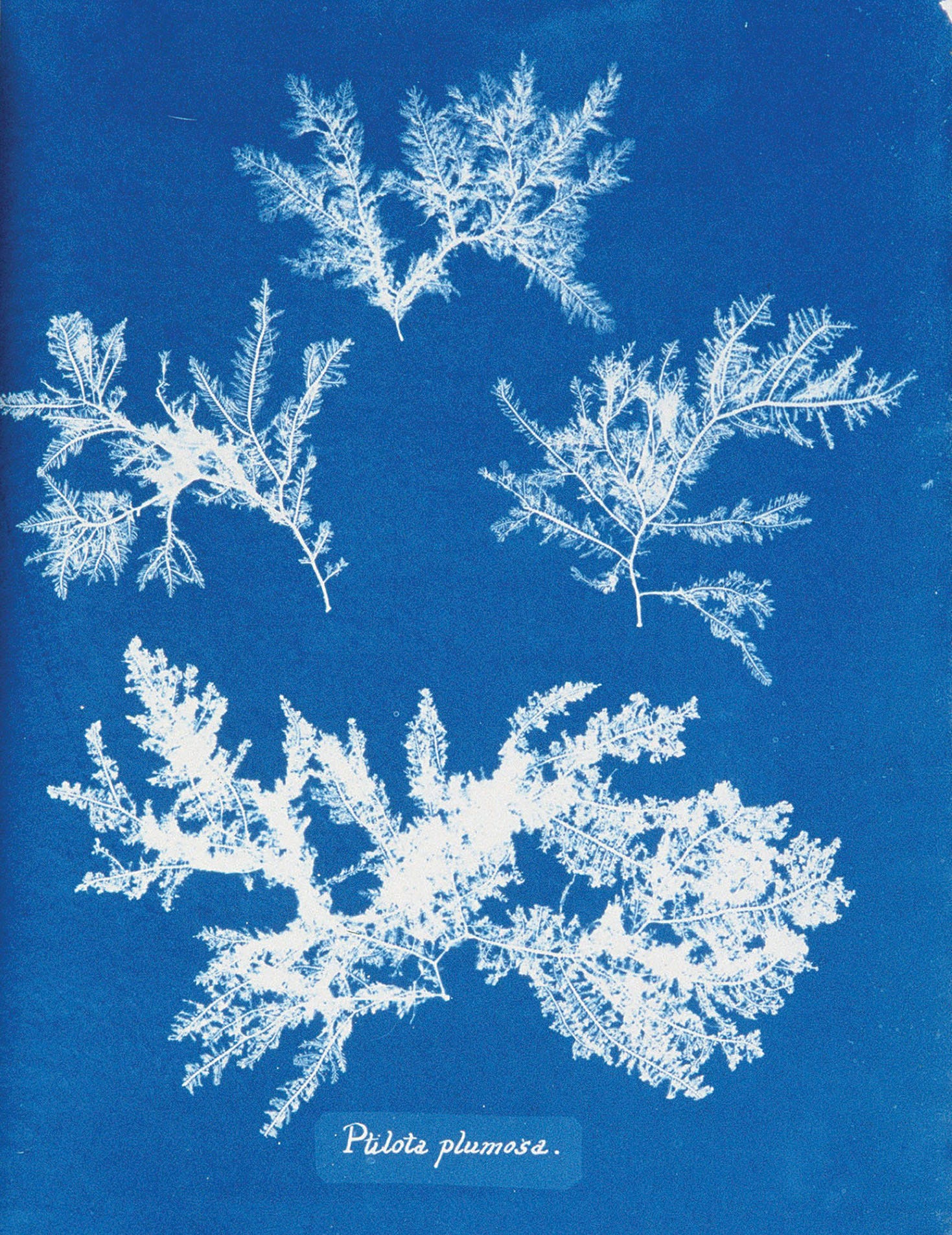https://en.wikipedia.org/wiki/Daguerreotype
Cyanotype:
Produces cyan-blue prints
Engineers used the process to produce copies of drawings, referred to as blueprints. The process uses two chemicals: ferric ammonium citrate and potassium ferricyanide.
Invented by Sir John Herschel in 1842
Mix equal volumes of an 8.1% solution of potassium ferricyanide and a 20% solution of ferric ammonium citrate. Apply a photosensitive solution to a receptive surface and allow to dry in a dark place.
https://en.wikipedia.org/wiki/Cyanotype
Platinum and Palladiums:
Platinum is a hand-coated, UV light sensitive contact printing process. The final print will be the same size as the negative used. This is due to the low light sensitivity of the medium. Platinum is one of the iron printing processes, as a compound called Ferric Oxalate is the light sensitive material. Print exposure time 6 minutes.
Platinum is the more permanent of the two, gives a cooler image tone and better separation in the highlights. Palladium is warmer, and gives better separation in the shadows of the print. Many printers use a combination of the two to reap the benefits of both. In any case, the prints exhibit a very long scale in the mid-tones, possess a feeling of depth (due the fact that the paper has no gelatin overcoat), and are completely archival without the use of fixer or long wash times.
http://www.alternativephotography.com/a-non-silver-manual-palladium/
 |
| Simon Howlett Platinum and Palladiums  |

 |
| Anna Atikins |
 |
| Antoine Claude Daguerreotype |
No comments:
Post a Comment